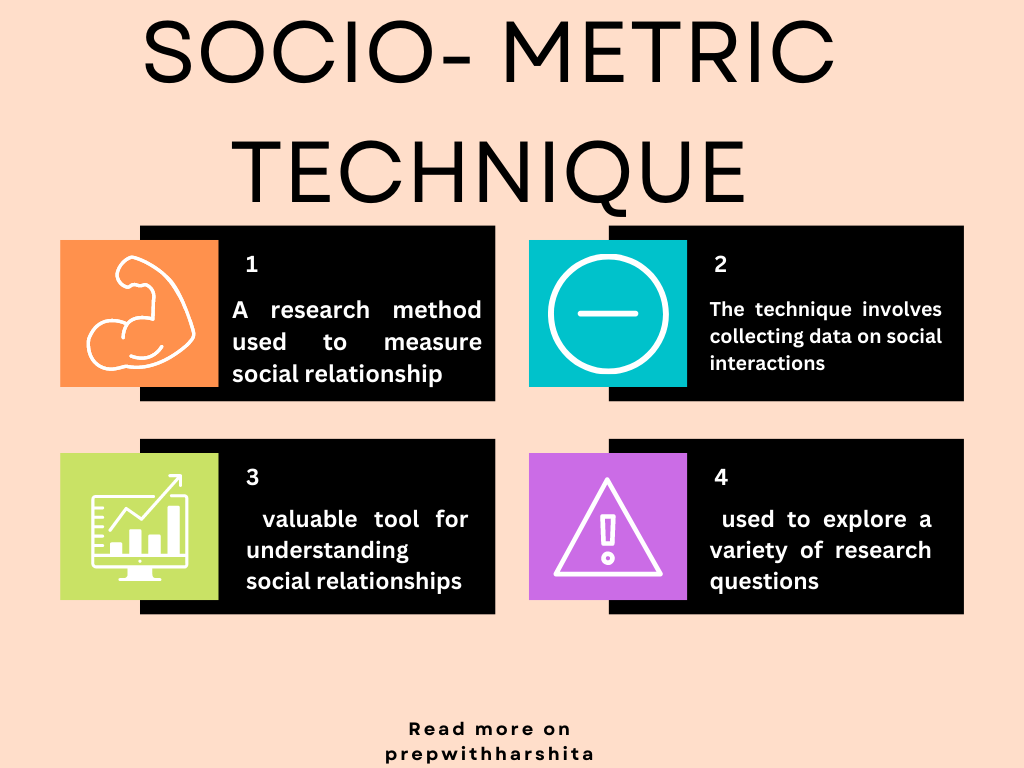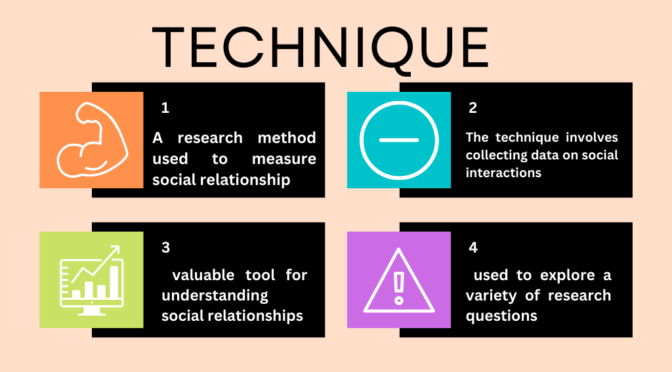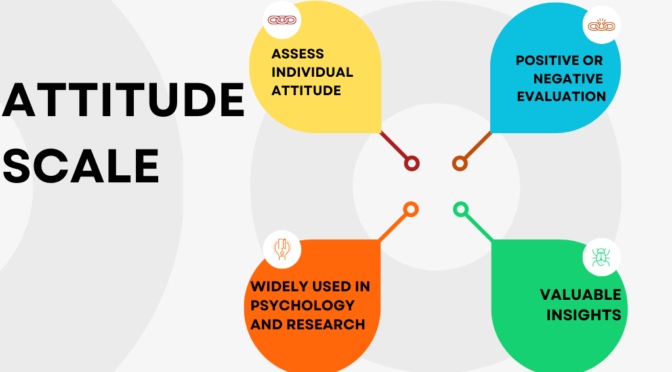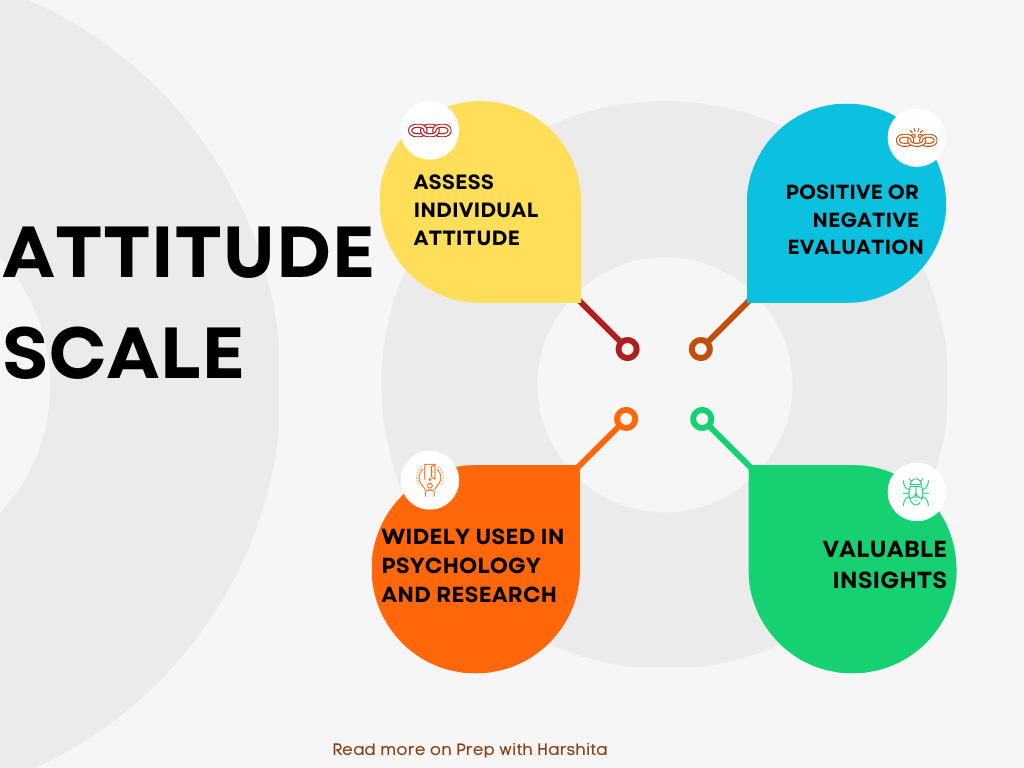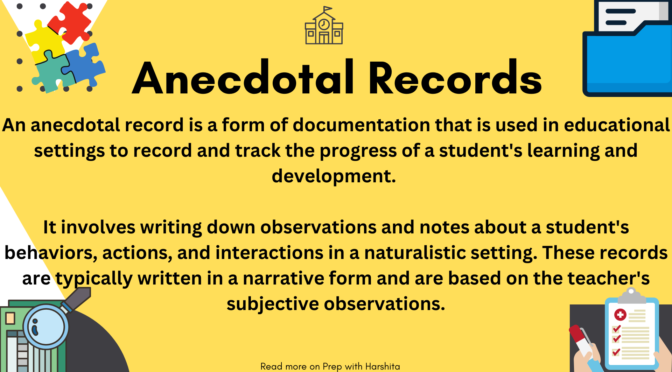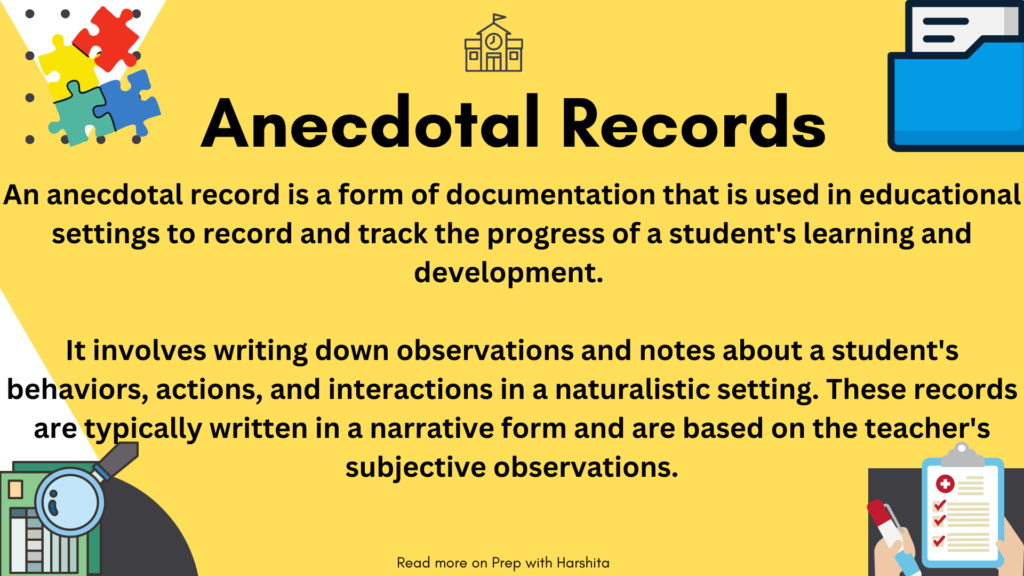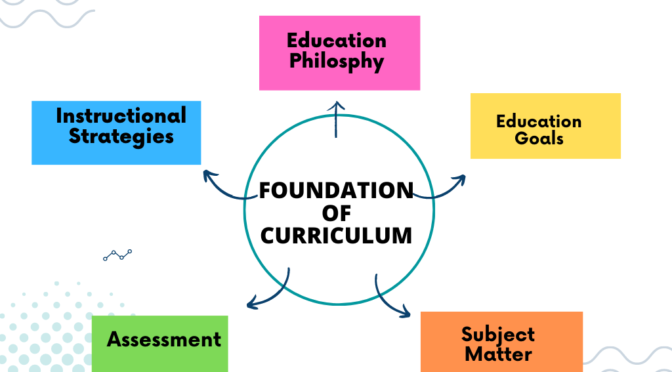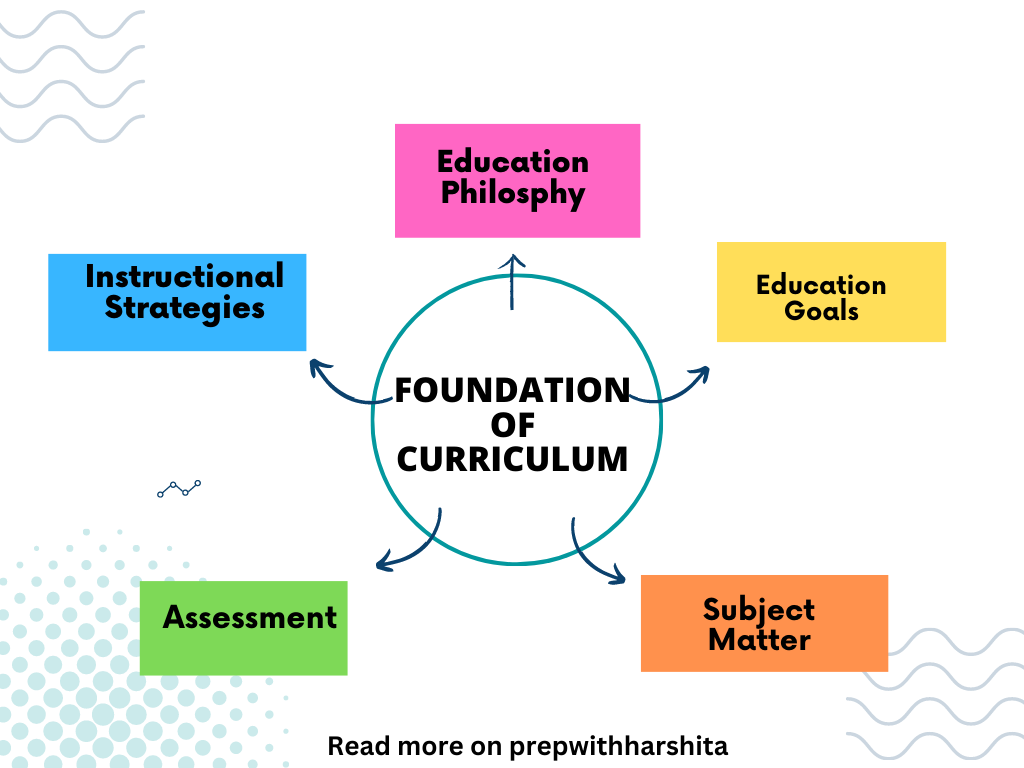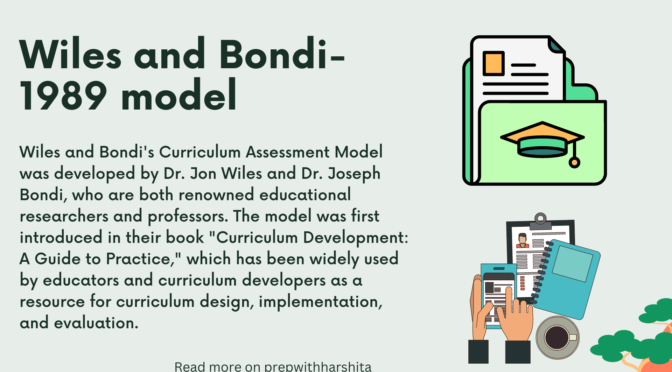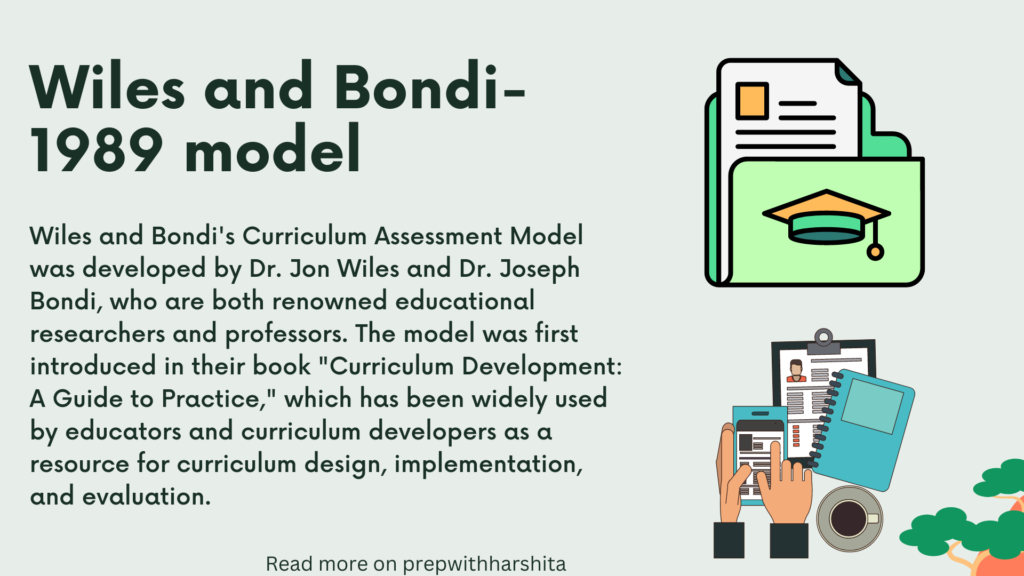The sociometric technique is a research method used to measure social relationships and the structure of social networks. It was developed by psychologist Jacob Moreno in the early 20th century and is often used in sociology, psychology, and organizational behavior studies.
The technique involves collecting data on social interactions and relationships within a group or organization. Participants are asked to identify their social ties, such as friends, acquaintances, and colleagues, and to rate the strength and quality of those relationships. This information is then analyzed to create a map or diagram of the social network, showing the connections and relationships between individuals.
Sociometric techniques can be used to explore a variety of research questions, including the dynamics of group communication, the formation and maintenance of social norms, and the impact of social influence on individual behavior. It is often used in organizational settings to assess employee morale, team dynamics, and communication patterns.
Also Read: Attitude Scale
Overall, the sociometric technique provides a valuable tool for understanding social relationships and networks and can help researchers and practitioners identify opportunities to improve group dynamics and communication.
Sociometric techniques have a wide range of uses in different fields, including:
- Identifying social structures: Sociometric techniques can be used to identify social structures within a group or organization, such as cliques, subgroups, or informal networks.
- Measuring group cohesion: Sociometric techniques can be used to measure the level of group cohesion, including the strength and quality of social ties between individuals in the group.
- Understanding communication patterns: Sociometric techniques can help researchers understand the communication patterns within a group, including who communicates with whom and how information flows within the group.
- Assessing individual influence: Sociometric techniques can be used to assess the level of individual influence within a group, including who has the most connections and who is most central to the group’s social structure.
- Improving group dynamics: Sociometric techniques can be used to identify potential problems within a group, such as communication breakdowns or low morale, and to develop interventions to improve group dynamics.
- Evaluating organizational effectiveness: Sociometric techniques can be used to evaluate the effectiveness of an organization or team by measuring the quality of social relationships and communication patterns.
